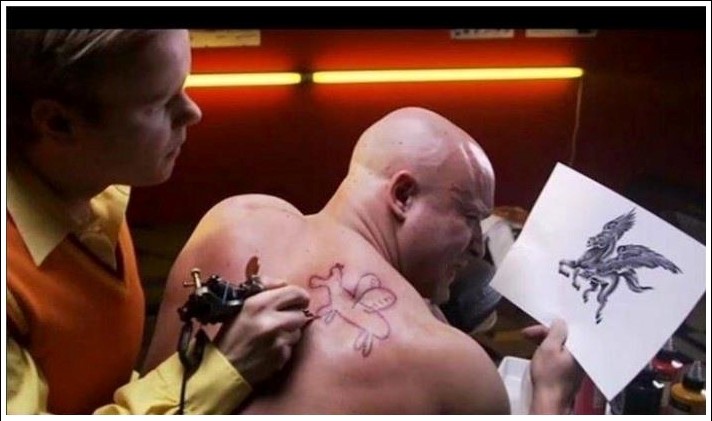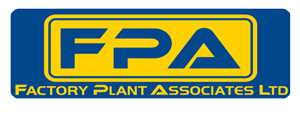
There are many variations to the sayings “You get what you pay for”, “You won’t ever get something for nothing”, “Good isn’t cheap, and cheap isn’t good”, though in most cases and through experience these statements are very much true.
In an effort to drive cost to the lowest common value possible, we have created structured pricing protocols (RFPs, RFQs, bidding, etc) that commonly do not offer “apples to apples” comparisons for vendor ability, finish work or selected materials. This is found in various stages of projects or pricing exercises from budgetary (where assumed cost vs scope is utilized) through final project pricing (where a scope with selections are offered), as there are always variables left to interpretation.
There is a difference between value and cost, though both are defined through the perceptions of the buyer and seller relating to a service. For a vendor of any sort to truly provide value to their client, they may not necessarily be the lowest cost. For a client, to extract value from a service, the expectation of the value must be defined.
The struggle in the ability of the client and the service provider to articulate to each other the expectation of the final product will continue, though there is potential for aversion of these disconnects throughout the process. The value/expectation of service provided must be defined with an associated cost, both must align between buyer and seller. In relation to the picture above, the “client” has provided a very detailed image of the final product expectation, though has made one or 2 mistakes in the selection of the artist.
Potential mistake 1: The client opted to ask for a price for the work, and jumped on opportunity with a low cost provider without consideration of outcome/consequences.
Potential mistake 2: The client did not perform any research, such as requesting images of actual artwork or completed work to verify that the skill set of the artist was on par with expectations.
Potential mistake 3: This one is on the vendor; the artist grossly overestimated their ability, was not aware of costing, and most likely provided a combination of these items that unfortunately lead the client down a path of disconnect between value and cost.
To potentially avert risks associated with any of the three mistakes (and/or others) as listed, there is a model of due-diligence required by both the client and service/product provider. When selecting a service/product provider a buyer should consider some of these points:
1. Industry experience of the organization in relation to the expected outcome?
2. Visual representation of the previous work/product to assist in alignment of value/costing?
3. Industry affiliations and/or recognition by peers and/or public?
4. Documentation, Insurance held, operational efficiencies relating to scope, process, etc.?
5. Does or has the vendor actually completed similar scopes and provided similar outcomes with success in the past, and can the claims be substantiated?
6. What differentiates the vendor or elevates them above the standard?
These questions will allow a better judgement of cost versus the value of a service provider. Be leery of the provider that tries to sell you on the promise of price alone, as often there will be a surprise around the corner.
It is essential for both client and service provider to break the cycle and work through the process together, utilizing a costing model reflective of the client/project and the ability of the vendor. Often there is need for a reality check by either or both parties, though once an understanding is attained the outcome becomes clear and expectations can be aligned. This will allow for a better experience for all involved.

